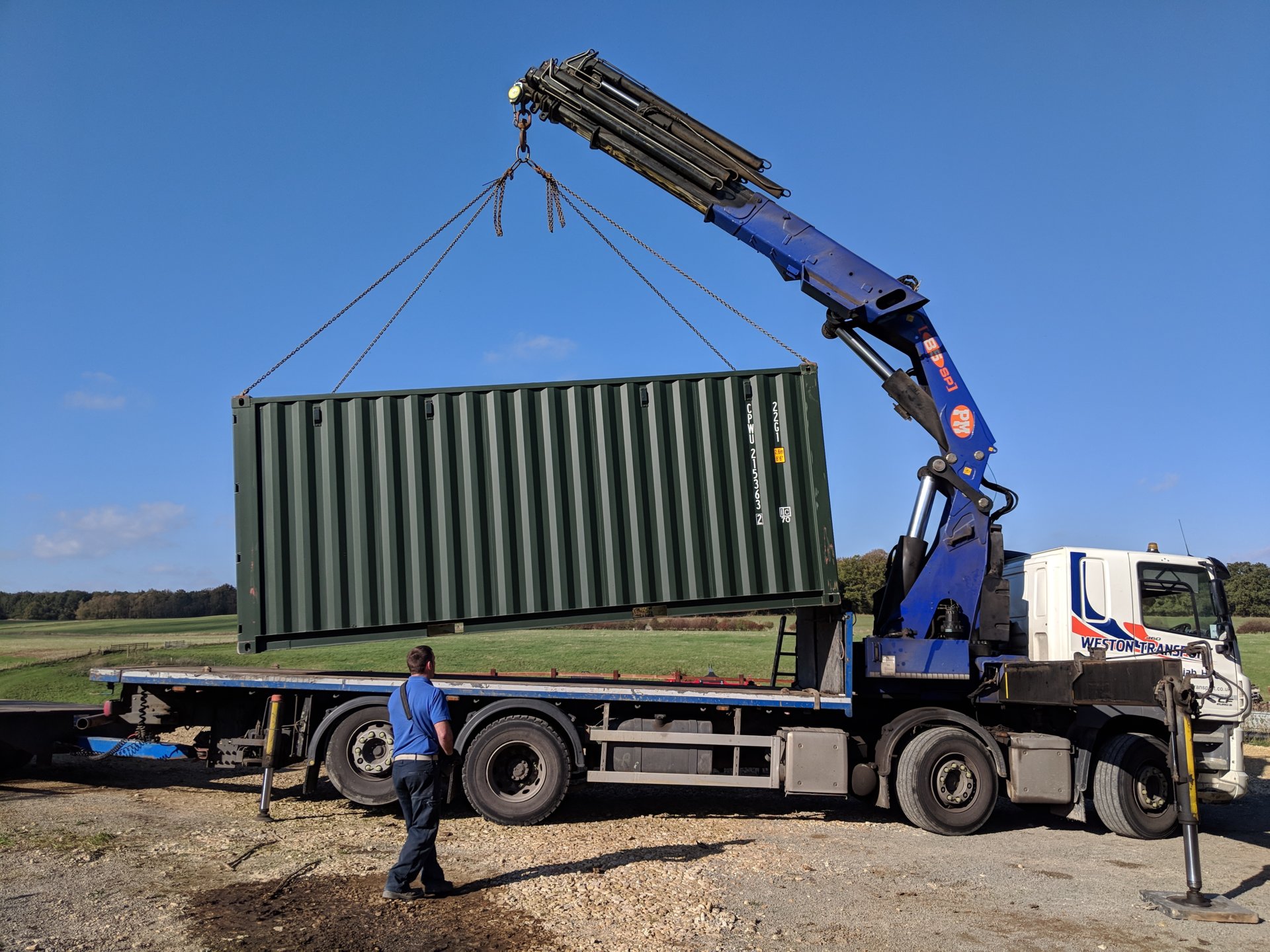Celebrating Literature: Our Sponsorship of the Felixstowe Book Festival
Welcoming Readers to the Felixstowe Book Festival The Felixstowe Book Festival has been running since 2013 and attracts many visitors from far and wide. This event is a celebration of ‘Books by the Sea’. Felixstowe is not just a container port; it has many facets to it, including this very popular literary event, the Felixstowe …










